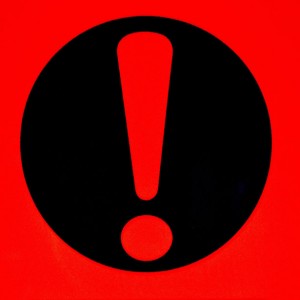 Scuba diving is a popular activity in South Africa owing to the fact that we South Africans enjoy just less than 3000km of beautiful coastline. The appeal of the sport lies in getting away from the pressures of everyday life and submerging oneself in the peaceful blue of the marine environment. It is a great way to unwind and break from the stress of work and family life. Moreover, you needn’t sacrifice that VW polo for sale you’ve been eyeing out: the sport of scuba diving is relatively inexpensive.
Scuba diving is a popular activity in South Africa owing to the fact that we South Africans enjoy just less than 3000km of beautiful coastline. The appeal of the sport lies in getting away from the pressures of everyday life and submerging oneself in the peaceful blue of the marine environment. It is a great way to unwind and break from the stress of work and family life. Moreover, you needn’t sacrifice that VW polo for sale you’ve been eyeing out: the sport of scuba diving is relatively inexpensive.
To keep participants safe and the sport in good repute, there are best practices to keep in mind when diving, and there are also several organisations that aim to ensure that guidelines are well-known and followed by divers, both for their own safety as well as for the safety of others.
Novice divers are usually restricted to a depth of six metres in order to avoid the decompression sickness that can be caused by the incorrect surfacing from depths that exert higher amounts of pressure on the body. Surfacing from significant depths too quickly results in tiny bubbles being formed in the bloodstream and in tissue, which can in turn result in highly unpleasant and dangerous symptoms.
Only once some experience has been gained can a diver receive the training necessary for diving at intermediate and advanced depths. In training, a qualified teacher will instruct the learner diver as to how to surface correctly from greater depths, how to implement safety procedures in the case of an emergency, and what to do should the individual or a partner suffer the symptoms of decompression sickness. After proper instruction and enough dive-hours, a scuba diver can quite easily descend to depths equivalent to a 12 storey building (40m). As one might imagine, pressure at this depth can be significant, and any mishaps can result in fatality, so safety is of grave concern.
The above depth of 40m is, however, relatively extreme as a large amount of scuba diving takes place close to the surface of the water as many shoals, reefs and wrecks are on the continental shelf where depths are comparatively shallow. It is only beyond the escarpment of the continental shelf that extreme depths occur, and it is in these regions that specialised and technical diving takes place.
In terms of safety guidelines, one factor that is ubiquitous around the globe is the buddy system: this is to say that one should never dive alone or without a partner who takes some responsibility for your well-being underwater. The buddy system bolsters safety as it ensures that your whereabouts and physical state are in the conscious mind of another diver. Similarly, you have to be aware of your buddy’s position and state of being at all times during a dive. The buddy system is especially important for novice divers as they are inexperienced and more likely to suffer injury should an unfortunate event occur.
Dangers when diving include strong ocean currents, disorientation, confusion, equipment damage and dangerous underwater life (poisonous or predatory fish species). All of the latter pose a significant risk and could lead to drowning, or in the case of poison, paralysis and respiratory failure.
Diving is best done, and safest, in clear and calm waters in compliant weather conditions. Whereas these conditions can’t be manufactured in open water, they can in tanks where dive training takes place. Another thing to bear in mind is respect for the marine environment. Although many divers do show their appreciation for mother nature by ensuring that they do not pollute the environment or maliciously injure fish life, there are still some who don’t really care. Ideally, the marine world should be no worse off due to your presence in the water.
There are numerous companies in South Africa that offer training, equipment rental and guided dive tours, so take advantage of their services and enjoy the pleasures of scuba diving.